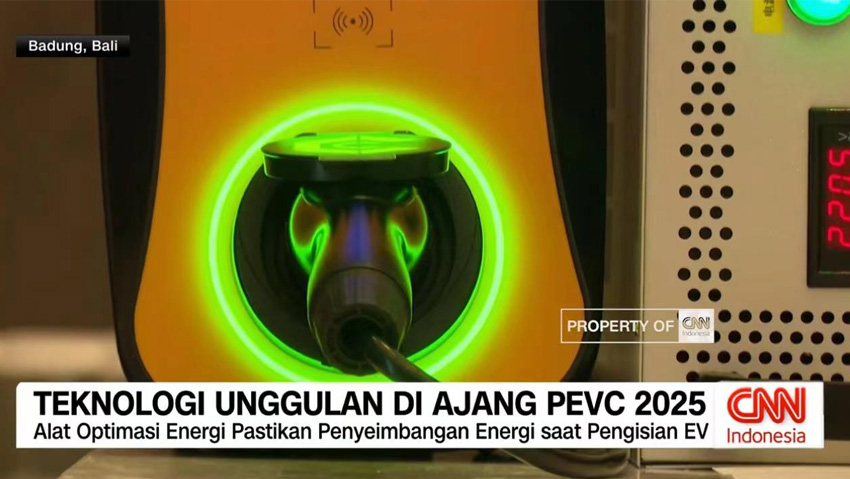By the end of Q2 2025, Europe surpassed a milestone of more than 1.05 million publicly accessible charging points, up from about 1 million at the end of Q1. This rapid growth reflects both strong EV adoption and the urgency with which governments, utilities, and private operators are investing in infrastructure to meet the EU’s climate and mobility goals. Compared with the same time last year, the continent recorded a 22% increase in AC chargers and an impressive 41% growth in DC fast chargers. These figures highlight a market in transition: while AC chargers remain the backbone of local and residential charging, DC networks are expanding rapidly to support long-distance travel and heavy-duty vehicles. The landscape, however, is far from uniform. The top 10 European countries — the Netherlands, Germany, France, Belgium, Italy, Sweden, Spain, Denmark, Austria, and Norway — showcase different strategies. Some lead in absolute numbers, others in relative growth or DC share. Together, they illustrate how national policies, geography, and consumer demand are shaping Europe’s charging future.
AC chargers still account for the majority of charging points in Europe, with about 81% of the total network. In absolute numbers, the Netherlands (191,050 AC points) and Germany (141,181 AC points) remain leaders.
But DC chargers are where the real momentum is. By mid-2025, Europe counted 202,709 DC points, crucial for long-distance travel and heavy-duty vehicles. Italy (+62%), Belgium and Austria (both +59%), and Denmark (+79%) saw the biggest year-on-year increases.
Post time: Sep-13-2025


